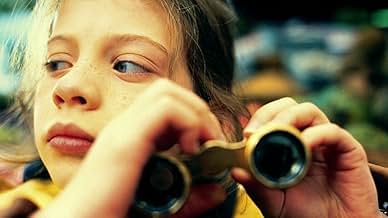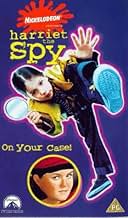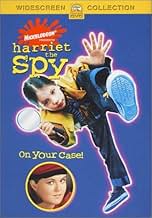Harriet M. Welsch is a spy. But when her friends find her secret notebook, the tables are turned on her. Can she win them back and still keep on going with the spy business?Harriet M. Welsch is a spy. But when her friends find her secret notebook, the tables are turned on her. Can she win them back and still keep on going with the spy business?Harriet M. Welsch is a spy. But when her friends find her secret notebook, the tables are turned on her. Can she win them back and still keep on going with the spy business?


































